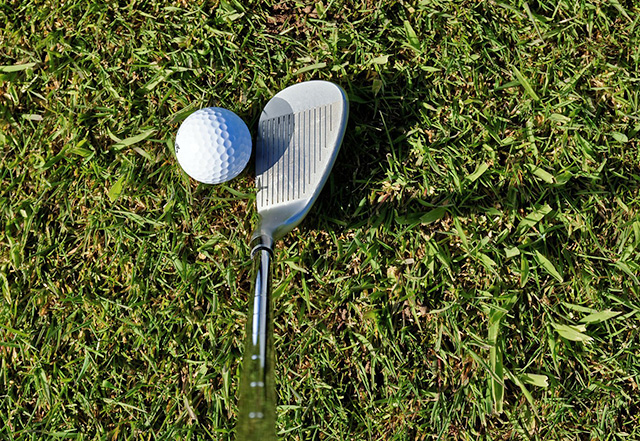Ever wonder how a small ball can travel incredible distances or why a well-executed swing feels effortless? The sport of golf is more than just hitting a ball; it's a captivating interplay of physics and technique. From the perfect swing to the flight path of the ball, physics governs every aspect of the game. Understanding how forces like gravity, aerodynamics, and the club's impact influence distance, accuracy, and ball spin unveils the hidden science behind this beloved sport.
 golf ball impact
golf ball impact Golf Ball
At first golf balls were smooth, but it did not take players long to realize that older scuffed up balls traveled further, and they began roughing up the surface of new balls to get the same effect. Initially many different surface patterns were experimented with until they came upon the standard dimple pattern that we see today. The dimples on a golf ball hold little pockets of air, and serve to reduce the drag as the ball flies through the air. There are still ball specifications that must be adhered to.
Impact of Club and Ball
The head of a golf club accelerates about 100 times faster than a very fast sports car. In about one fifth of a second the club goes from zero velocity at the back of the swing to 100 mph at impact with the ball.
The impulse (Force x change in Time) of the impact with he ball propels the ball away from the head of the club at 135 mph. The club is in contact with the ball only about half a millisecond (0.0005 s).
Any imperfections in a swing can have a big affect on the way the ball travels in the air. Just a one-degree angled tilt away from a front-on collision will cause an error of 24 feet off to the side. In simple terms, if at impact the club head points to the left of the ball's correct path then the ball will hook; if pointed to the right the ball will slice.
Golf Clubs
The physics of a golf club's shaft greatly impacts a player's performance on the course. Different materials, like steel, titanium, graphite and zirconia, used to make the shaft possess distinct properties that affect how energy transfers from the golfer to the ball. Steel shafts, heavier and stiffer, provide more control and accuracy but might demand more strength from the player. On the other hand, graphite shafts, lighter and more flexible, can generate faster swing speeds, enhancing distance, but may require a smoother swing for optimal control.
The choice of shaft material influences the club's feel, the golfer's swing mechanics, and ultimately impacts the ball's flight path, demonstrating how physics, through material properties, profoundly shapes a golfer's performance.
Related Pages
- Science of Golf
- Golf Technology
- Golf Ball Specifications — standards and testing specifications to ensure fairness and consistency in the game.
- Golf Balls — history of the original ball
- Biomechanics and Physics of Sports


 Current Events
Current Events